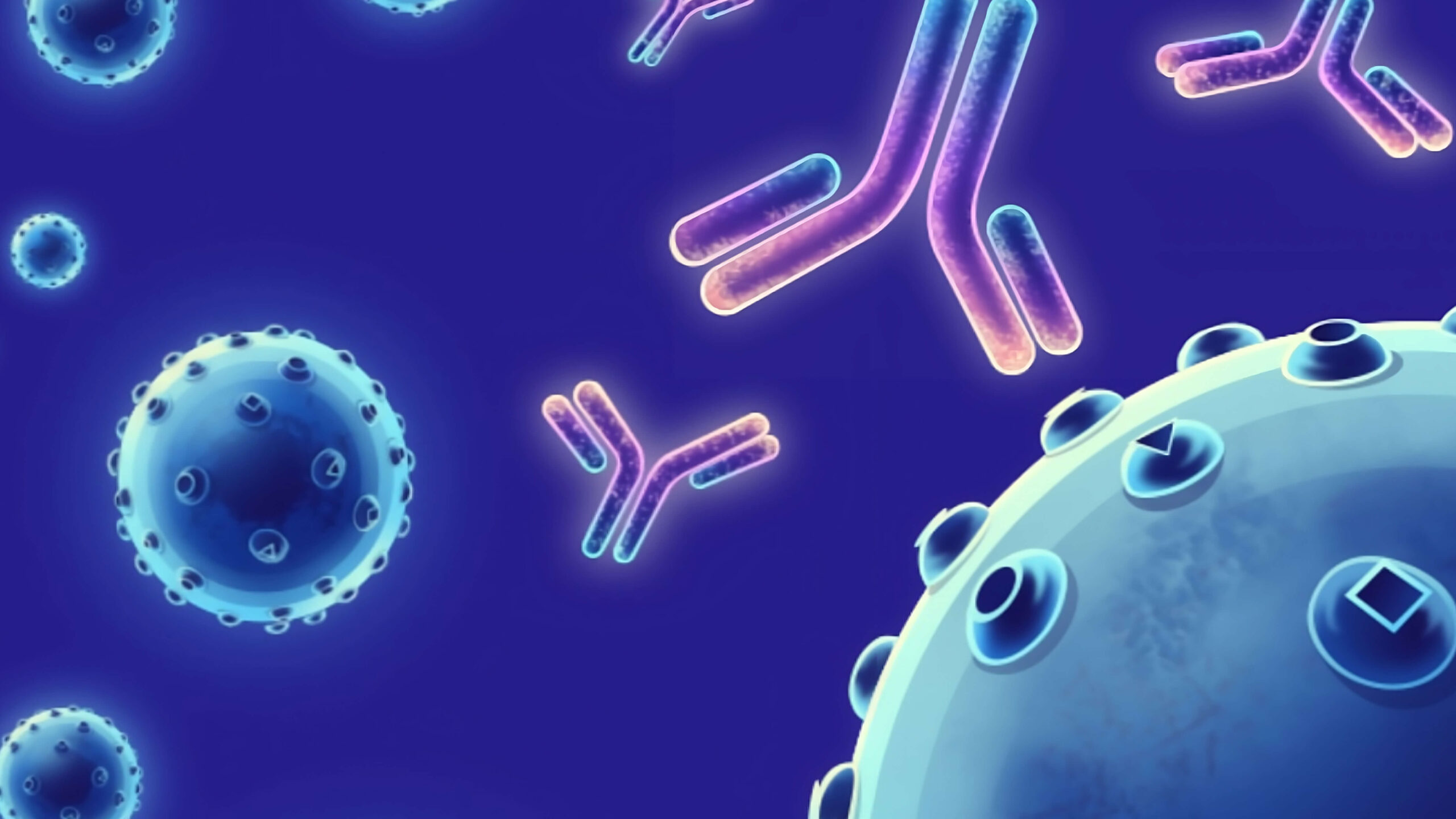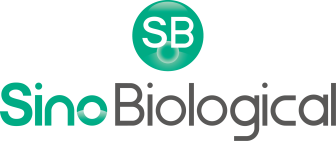Description
Prolactin receptor (PRLR) is a single-pass transmembrane receptor belonging to the type I cytokine receptor superfamily, and contains two fibronectin type-III domains. All class 1 ligands activate their respective receptors by clustering mechanisms. Ligand binding results in the transmembrane PRLR dimerization, followed by phosphorylation and activation of the molecules involved in the signaling pathways, such as Jak-STAT, Ras/Raf/MAPK. The PRLR contains no intrinsic tyrosine kinase cytoplasmic domain but associates with a cytoplasmic tyrosine kinase, JAK2. PRLR mainly serves as the receptor for the pituitary hormone prolactin (PRL), a secreted hormone that affects reproduction and homeostasis in vertebrates. PRLR can be regulated by an interplay of two different mechanisms, PRL or ovarian steroid hormones independently or in combination in a tissue-specific manner. The role of the hormone prolactin (PRL) in the pathogenesis of breast cancer is mediated by its cognate receptor (PRLR). Ubiquitin-dependent degradation of the PRLR that negatively regulates PRL signaling is triggered by PRL-mediated phosphorylation of PRLR on Ser349 followed by the recruitment of the beta-transducin repeats-containing protein (beta-TrCP) ubiquitin-protein isopeptide ligase. which altered PRLR stability may directly influence the pathogenesis of breast cancer.
Target
PRLR
Target Alias Names
HPRL, hPRLrI, MFAB, PRLR
Isotype/Mimetic
Rabbit IgG
Animal-Derived Biomaterials Used
No
Sequence Available
No
Original Discovery Method
Phage display technology
Antibody/Binder Origins
Animal-dependent discovery, post-2020, In vitro recombinant expression

